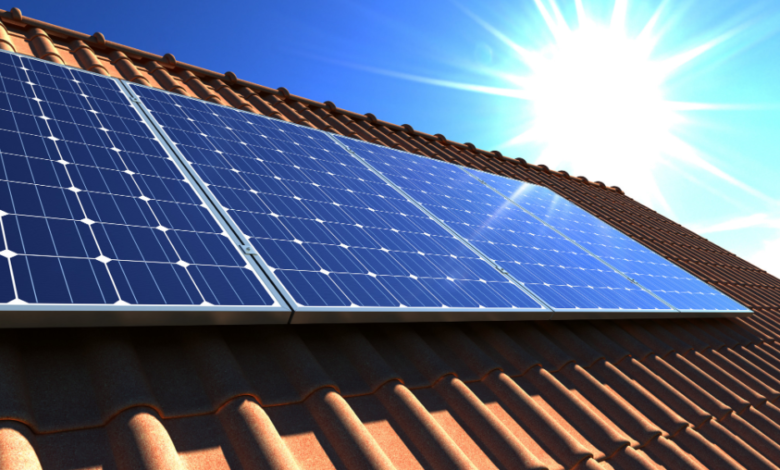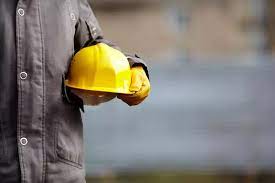Solar Heating and Cooling Systems: 7 Things You Need to Know

Do you dread having to turn on your air conditioning every summer?
The solar power market is growing at a steady clip. In the United States, solar power capacity grew by over 46% in 2021 alone. Solar heating and cooling systems can give you the freedom to adjust your temperature without having to do it manually.
Instead of relying on energy-hogging air conditioning and heating units, solar systems can help you lower your utility bills. If you’re seeking the right information about solar heating and cooling systems, we can help you with that.
Read on to learn more about this blog.
-
Flat-plate Collectors
A flat-plate collector is a type of solar heating and cooling system. It consists of a flat, dark-colored plate that absorbs solar radiation and transfers it to a fluid running through it. The fluid then transfers the heat to the home or pool.
Flat-plate collectors are one of the most efficient types of solar heating and cooling systems and can save up to 30% on heating and cooling costs. They are also low maintenance and have a long lifespan.
To choose the right flat-plate collector for your home, you need to consider the climate, the size of your home, and your budget. You also need to make sure that the collector is fit for your home and that it’s installed by a qualified professional expert about solar in this state.
-
Evacuated-tube Collectors
Evacuated tube collectors are a type of active solar heating and cooling system. Active systems use pumps or fans to circulate the sun’s energy, while passive systems rely on convection and radiation to move the sun’s energy.
Evacuated tube collectors consist of a series of glass tubes that are evacuated (or filled with a vacuum). This vacuum helps to insulate the collectors, which increases their efficiency.
They are the most commonly used for solar water heating, but can also use for space heating and cooling. In a solar water heating system, they filled the evacuated tubes with water. The sun’s energy heats the water, and it then stored the hot water in a tank.
In a solar space heating system, they connect the evacuated tubes to a heat exchanger. The sun’s energy heats the air or fluid in the heat exchanger, and it then circulated the hot air or fluid throughout the space.
-
Batch Systems
A batch solar water heating system is a type of direct solar water heating system. In a batch system, a solar collector heats water in an insulated tank.
Batch systems are well-suited for locations where freezing temperatures are not a concern and it’s used in domestic hot water applications. These systems typically have a backup energy source for cloudy days or times of high water demand.
-
Integral Collector Storage Systems
It is one of the most efficient ways to use solar power to heat and cool your home. ICS systems have a solar collector, a storage tank, and a heat exchanger. The collector is usually a black metal box with a glass or plastic top.
It absorbs heat from the sun and transfers it to the storage tank. The storage tank is from metal or insulated to keep the heat in. The heat exchanger transfers the heat from the storage tank to the home’s heating and cooling system.
Integral collector storage systems are a type of active heating and solar cooling system. They consist of a black absorber plate that collects the sun’s heat, a fluid-filled heat transfer tube that carries the heat to a storage tank, and a pump that circulates the fluid.
The storage tank can be used to heat water or space, or it can be used to cool a space by circulating the fluid through a heat exchanger. ICSS systems are also used for both residential and commercial applications.
-
Thermosyphon Systems
A solar thermosyphon system uses the natural convection of fluid to circulate heat from the collector to the storage tank. These systems are simple, reliable, and have few moving parts, making them easy to maintain. Because they rely on gravity to circulate the fluid, they are not suitable for locations where the collecting and storage tanks are not at the same level.
The sun heats the fluid in the collector, and the hot fluid rises into the storage tank. The colder fluid in the storage tank then flows back into the collector. This circulation process continues as long as the sun is shining.
-
Unglazed Collectors
Unglazed collectors are that they are less expensive than glazed collectors, they are less likely to overheat, and they offer more efficient heat transfer. Unglazed collectors are also easier to install and require less maintenance.
Unglazed collectors are best used in situations where there is little or no shading and where temperatures are not too extreme. They are also a good choice for heating pools and hot tubs.
These collectors do not have a cover and are typically used to heat swimming pools or heat air.
-
Transpired Air Collectors
A solar thermal collector or transpired air collector is a device used to collect solar radiation for solar heating and cooling purposes. This system works by collecting solar energy in the form of heat and then using that heat to power a fan that circulates the hot air through a system of ducts.
The heat from the solar collector is then used to heat the air in the ducts, which in turn they use to heat the home or office. The solar collector can also be used to cool the air in the summer months by reversing the flow of the fan.
The most common type of home solar power thermal collector is the flat plate solar collector, which is typically used to heat water for domestic use or space heating.
Know These Solar Heating and Cooling Technologies
Solar heating and cooling systems can save you money on your energy bills. But they require a significant upfront investment. You can choose between flat-plate, evacuated-tube, and batch system.
Moreover, you may consider also the integral collector, thermosyphon, unglazed, and transpired air collector. With this, you can find a solar power system that you think is best for you.
Did you find this blog helpful? If so, check out the rest of our blog.
Also Check : Craigslist Santa Fe
Also Check : Craigslist Oregon Coast
Also Check : Craigslist Athens Ga




